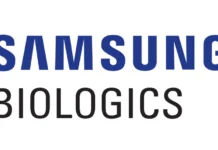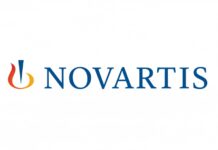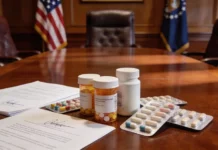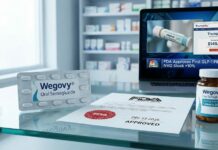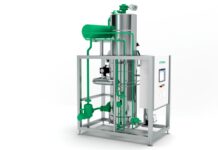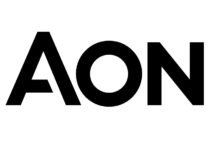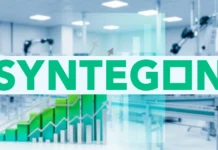Incorporating early regulatory planning in product development can significantly reduce costs and enhance efficiency. Collaborating with regulatory experts ensures thorough evaluations and strategic planning, optimizing resources and streamlining manufacturing processes.
The medical device industry faces numerous regulatory challenges that can impact both research and manufacturing. Identifying and addressing these challenges early is crucial for maintaining efficiency and cost-effectiveness. By working with specialists in medical device regulatory services, companies can gain insights that prevent costly delays and rework. This collaborative approach not only protects the development process but also improves product quality and market readiness.
Early Regulatory Planning in Product Development
Early regulatory planning is essential in the medical device sector. These evaluations help identify potential compliance issues that could disrupt a project if not addressed. By understanding regulatory requirements early, companies can allocate resources more effectively, avoiding unnecessary costs later. Aligning design processes with regulatory standards before production begins can save both time and money.
Proactive regulatory planning allows for the creation of a robust development plan that anticipates compliance challenges rather than reacts to them. This foresight not only streamlines processes but also increases the likelihood of regulatory approval. When potential regulatory problems are identified early, solutions can be implemented in a manner that aligns with industry standards, minimizing compliance risks.
Moreover, early regulatory planning promotes a culture of continuous improvement and innovation. By regularly reviewing processes and outcomes, companies can refine strategies and incorporate new technologies or methodologies that enhance efficiency. This adaptability is crucial in a competitive market where speed to market is often a decisive factor.
Cost Savings Through Strategic Regulatory Planning
Effective regulatory planning is synonymous with cost savings in the medical device industry. Identifying regulatory risks early helps avoid expenses associated with corrective actions during later stages of development. Addressing potential regulatory issues at the outset prevents costly redesigns or modifications after production has started.
Strategic planning also involves optimizing resource allocation by prioritizing high-risk areas that require immediate attention. This focus ensures that critical components are developed to meet quality standards without incurring additional costs from rushed fixes or replacements. Additionally, efficient resource management helps maintain production schedules, reducing the financial impact of delays.
Investing in comprehensive regulatory planning upfront can yield significant long-term savings by preventing production halts or recalls. Furthermore, companies that integrate regulatory planning into their processes often experience smoother transitions from research to commercialization, ensuring a more predictable return on investment.
Enhancing Product Quality Through Regulatory Collaboration
Collaborating with industry experts is essential for navigating the complex regulatory landscape of medical devices. These professionals provide invaluable guidance on compliance requirements and help identify potential pitfalls that may be overlooked by internal teams. Engaging with such experts not only mitigates risks but also elevates product quality by incorporating best practices from the outset.
Partnering with regulatory specialists enables companies to develop products that meet stringent safety standards while optimizing functionality. This partnership facilitates knowledge transfer, empowering teams to adopt innovative solutions tailored to specific challenges within their project scope. A real-world example is a medical device company that collaborated with regulatory experts to streamline their product’s approval process, resulting in a faster market entry and enhanced product reliability.
A collaborative approach ensures that all aspects of product development are aligned with regulatory expectations, reducing the likelihood of non-compliance penalties. Moreover, working with seasoned professionals fosters an environment of continuous learning and improvement, which is integral to maintaining a competitive edge in the marketplace.
Navigating Regulatory Requirements Effectively
Successfully launching a product in the medical device industry requires adept navigation of regulatory requirements. Compliance is non-negotiable, but it doesn’t have to be a barrier if approached strategically. By integrating regulatory considerations into every phase of development, companies ensure adherence without compromising innovation or efficiency.
A strategic approach involves understanding specific regulations relevant to the device type and target market. This knowledge informs design choices and testing protocols, ensuring that all necessary criteria are met before submission for approval. Proactively addressing regulatory concerns minimizes delays associated with additional reviews or amendments.
Furthermore, leveraging technological advancements such as digital twins or simulation tools can enhance compliance efforts by providing predictive insights into performance under various conditions. Such innovations not only streamline validation processes but also offer competitive advantages through reduced time-to-market and increased reliability of final products.



